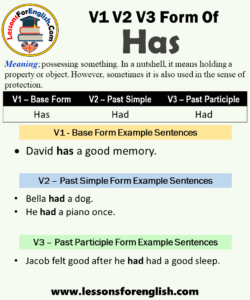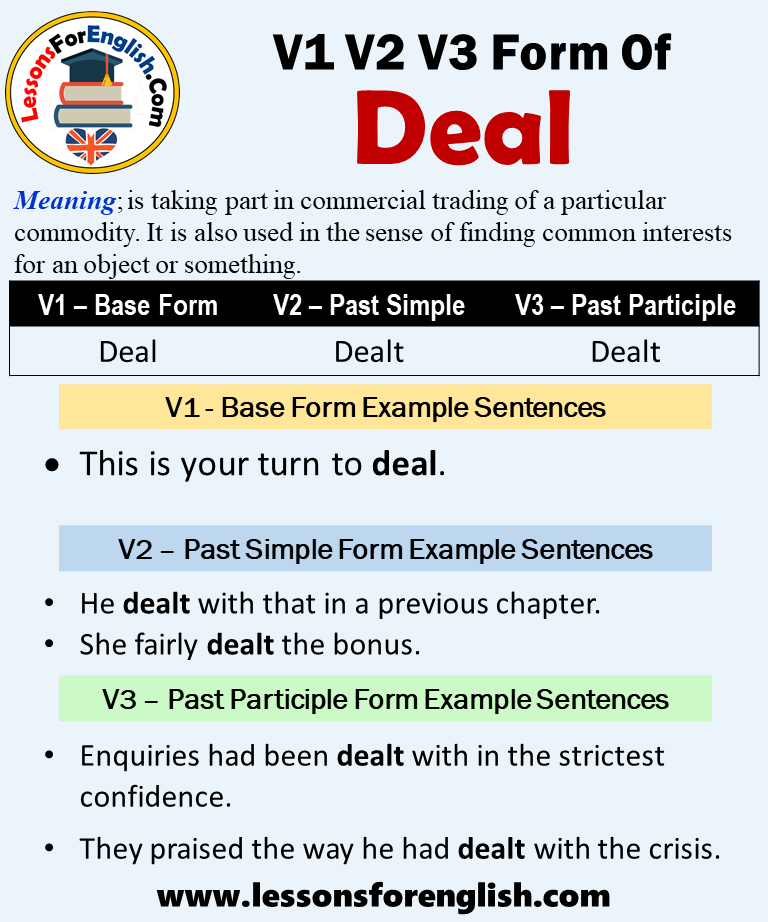
These noun phrases are not called predicate nouns, but are instead called direct objects because they refer to the object that is being acted upon.

For example: "The woman spoke softly." "The athlete ran faster than the official." "The boy wept."Ī transitive verb is followed by a noun or noun phrase. Intransitive verbs may be followed by an adverb (a word that addresses how, where, when, and how often) or end a sentence. Intransitive verbsĪn intransitive verb is one that does not have a direct object. In addition, verbs can be non-finite (not inflected for person, number, tense, etc.), such special forms as infinitives, participles or gerunds. Some verbs have special grammatical uses and hence complements, such as copular verbs (i.e., be) the verb do used for do-support in questioning and negation and tense or aspect auxiliaries, e.g., be, have or can. Classified by the number of their valency arguments, usually four basic types are distinguished: intransitives, transitives, ditransitives and double transitive verbs. Verbs vary by type, and each type is determined by the kinds of words that accompany it and the relationship those words have with the verb itself. On the other hand, Basque, Georgian, and some other languages, have polypersonal agreement: the verb agrees with the subject, the direct object, and even the secondary object if present, a greater degree of head-marking than is found in most European languages. Japanese, like many languages with SOV word order, inflects verbs for tense-aspect-mood, as well as other categories such as negation, but shows absolutely no agreement with the subject-it is a strictly dependent-marking language. Latin and the Romance languages inflect verbs for tense–aspect–mood (abbreviated 'TAM'), and they agree in person and number (but not in gender, as for example in Polish) with the subject. The rest of the persons are not distinguished in the verb ( I walk, you walk, they walk, etc.). With the exception of the verb to be, English shows distinctive agreements only in the third person singular, present tense form of verbs, which are marked by adding "-s" ( walk s) or "-es" ( fish es). In languages where the verb is inflected, it often agrees with its primary argument (the subject) in person, number or gender.

Barack Obama became the President of the United States in 2009.

Verbs have tenses: present, to indicate that an action is being carried out past, to indicate that an action has been done future, to indicate that an action will be done. A verb may also agree with the person, gender or number of some of its arguments, such as its subject, or object. In many languages, verbs are inflected (modified in form) to encode tense, aspect, mood, and voice. In the usual description of English, the basic form, with or without the particle to, is the infinitive. For the radio programme, see The Verb.Ī verb (from Latin verbum 'word') is a word ( part of speech) that in syntax generally conveys an action ( bring, read, walk, run, learn), an occurrence ( happen, become), or a state of being ( be, exist, stand). For English usage of verbs, see English verbs. For the physical activity program, see VERB (program). This article is about the part of speech.


 0 kommentar(er)
0 kommentar(er)
